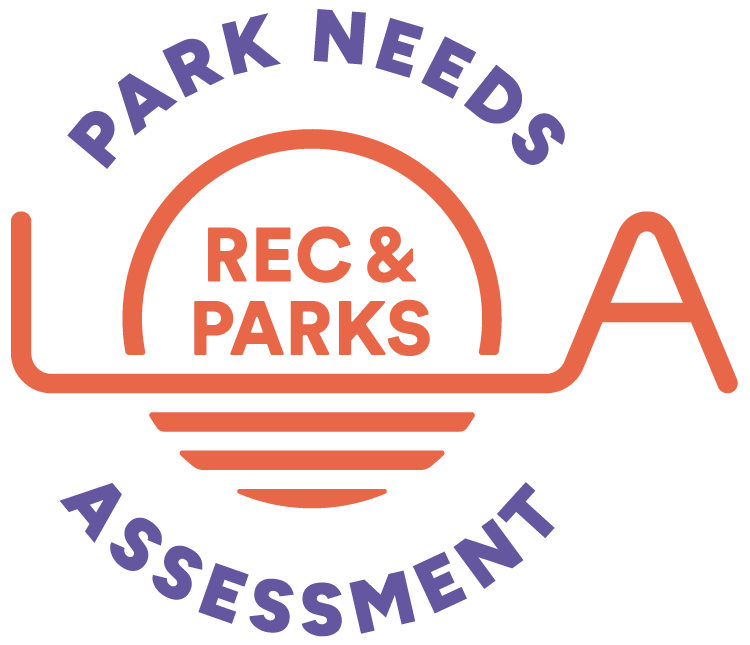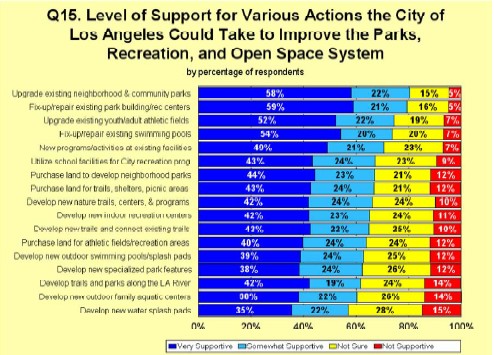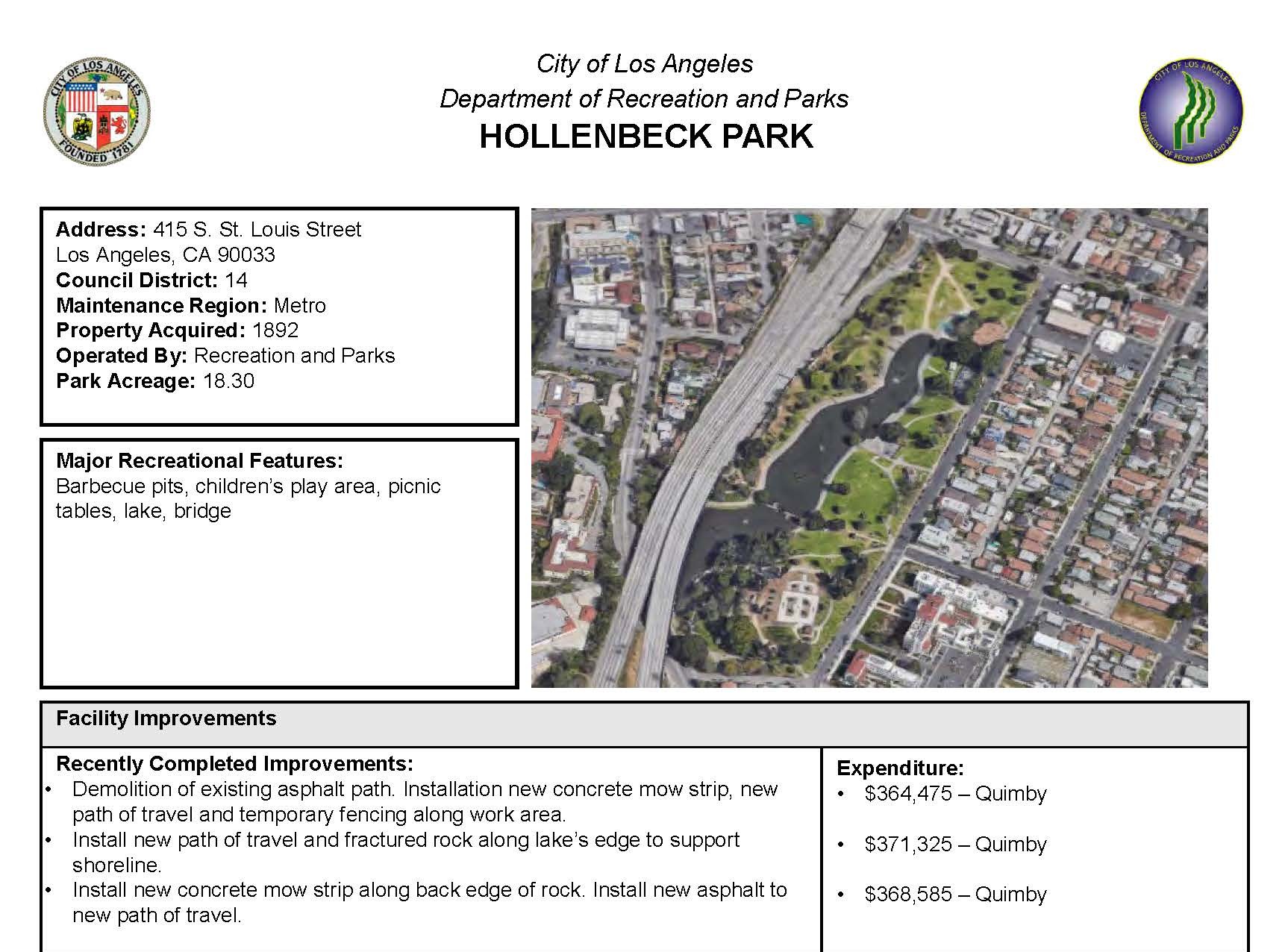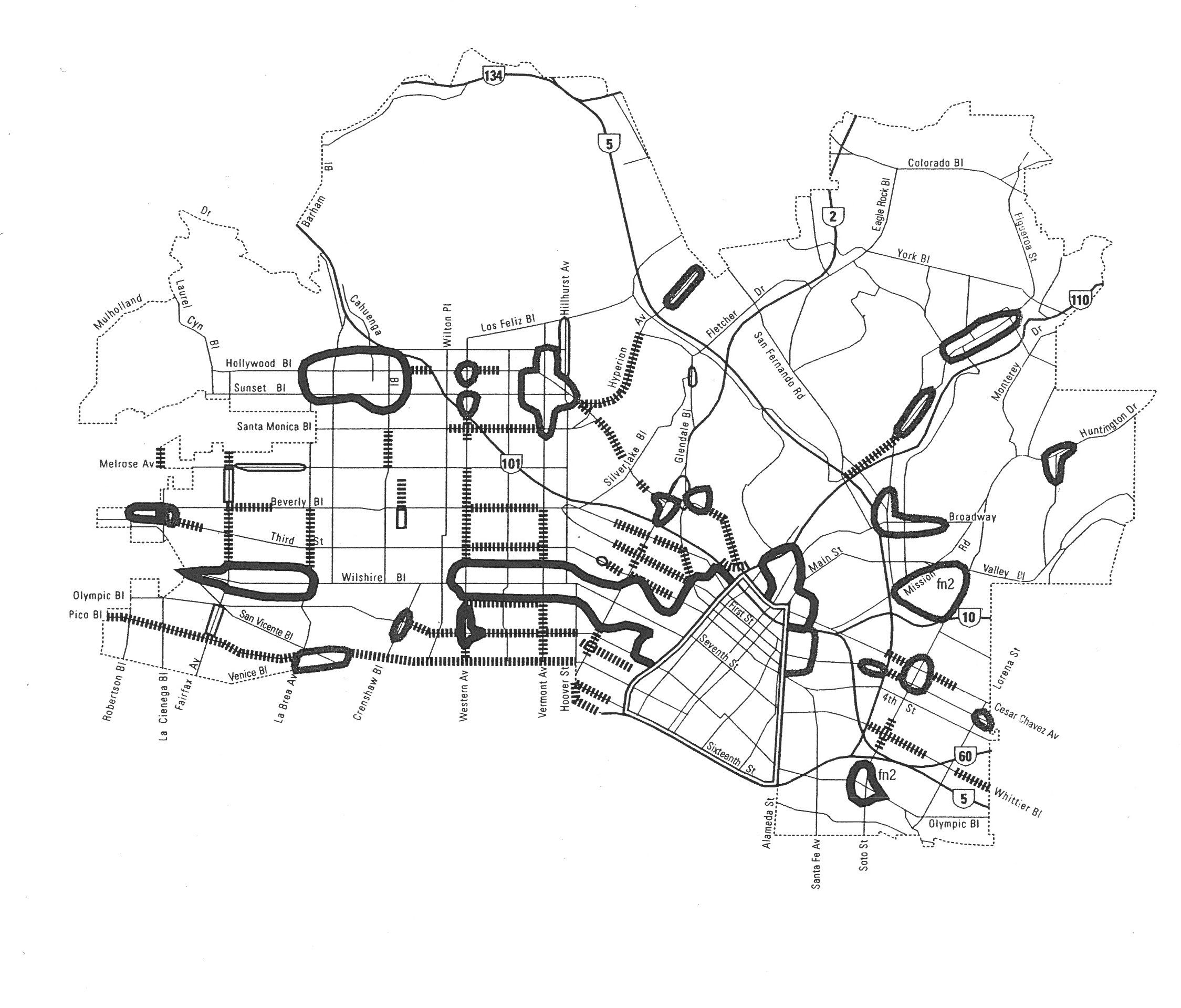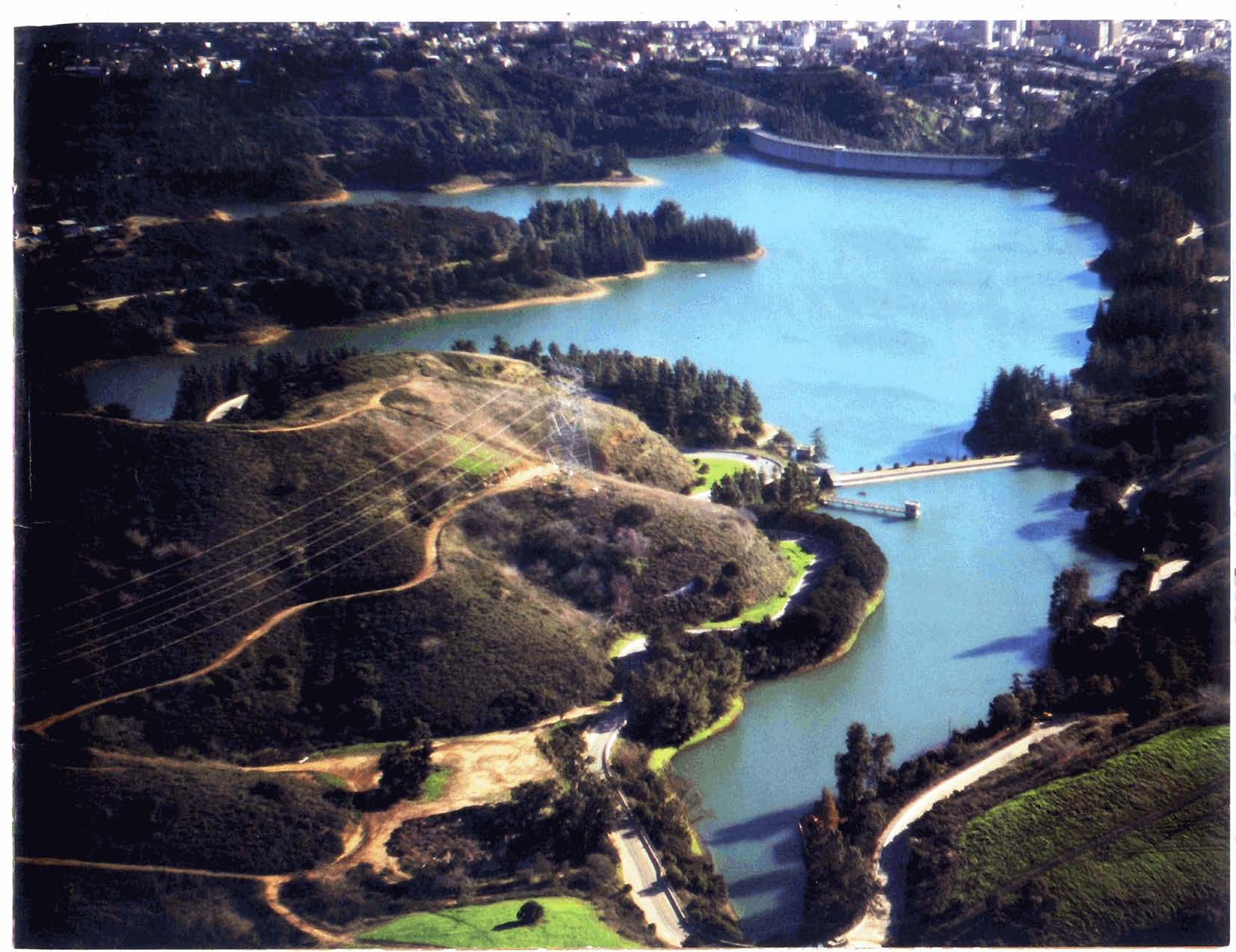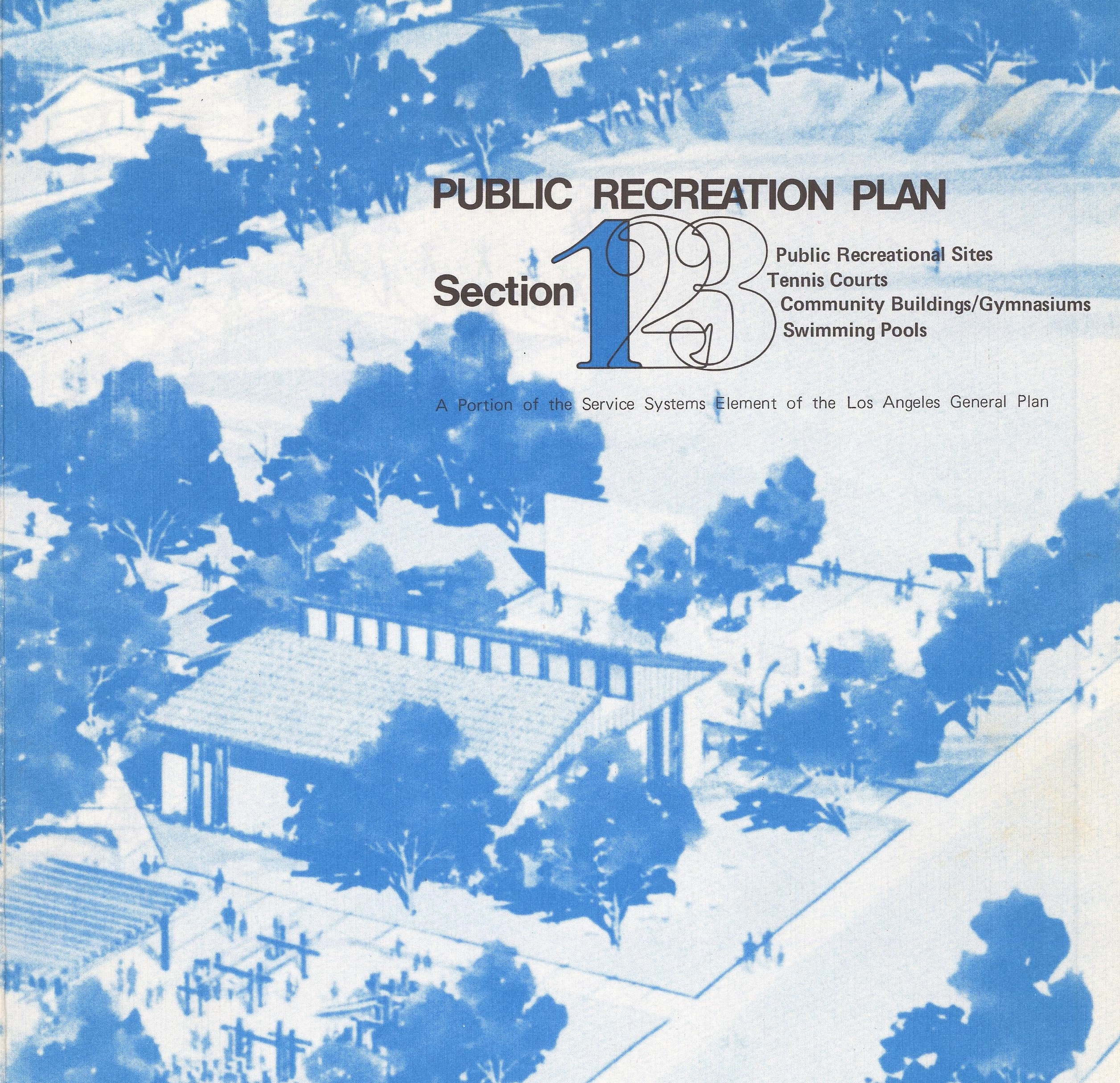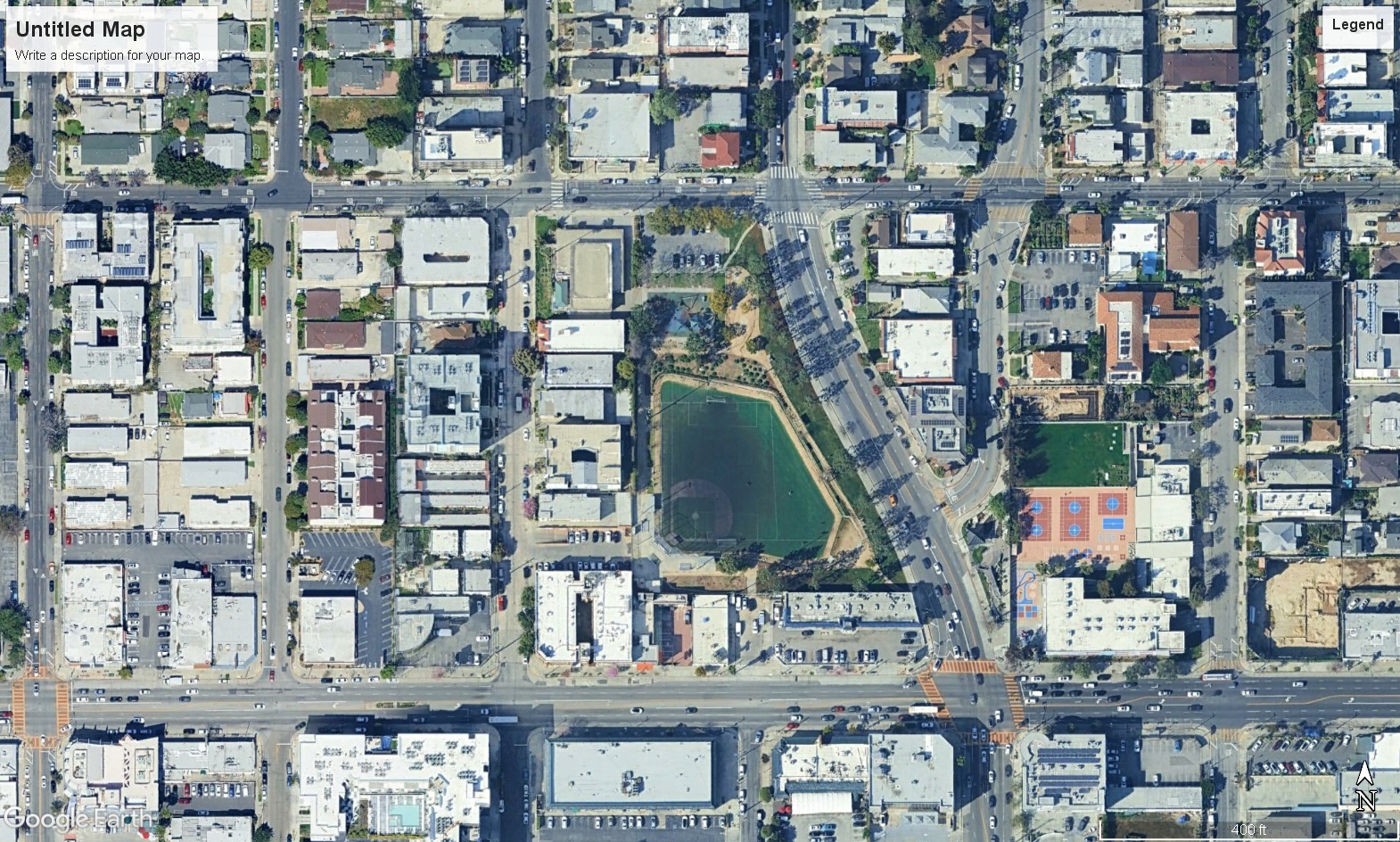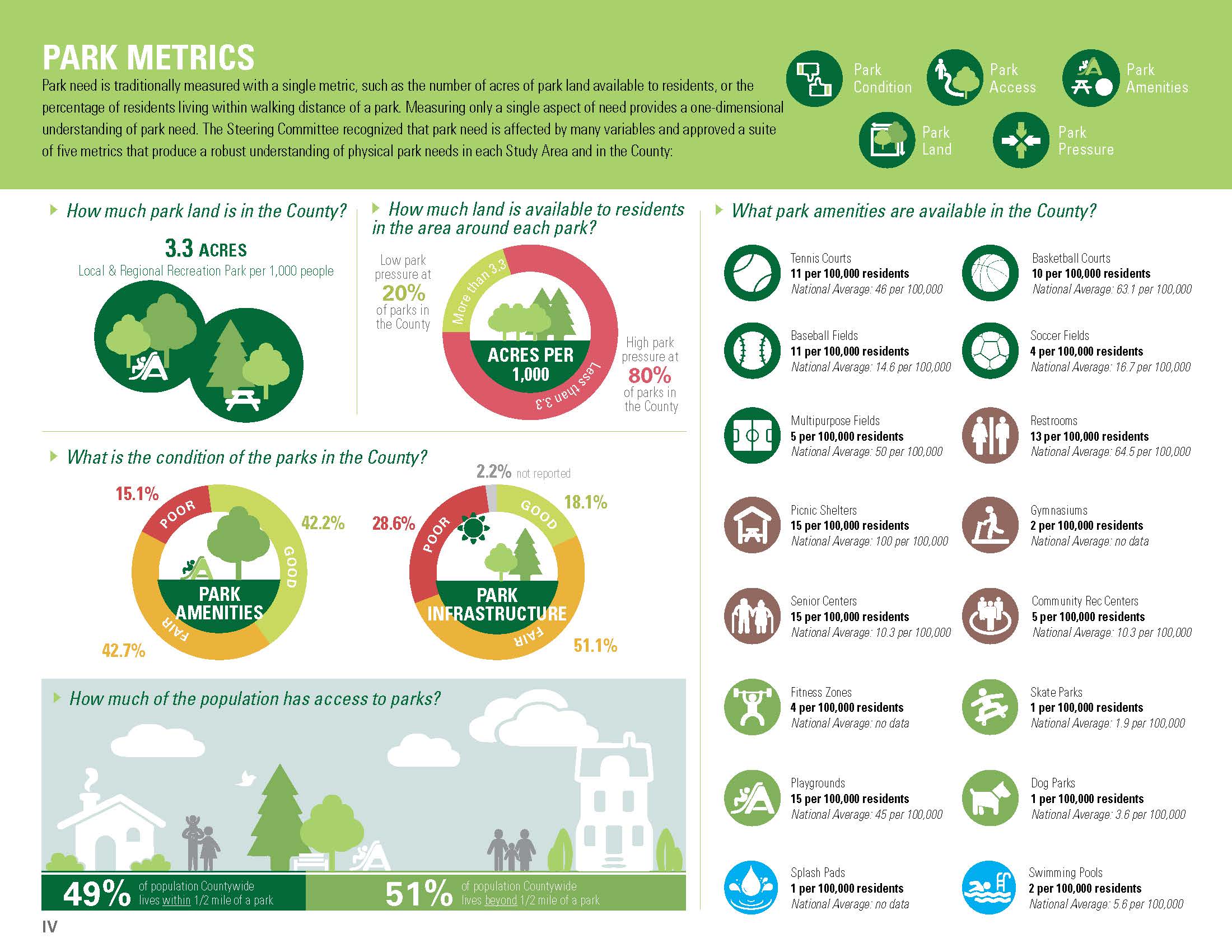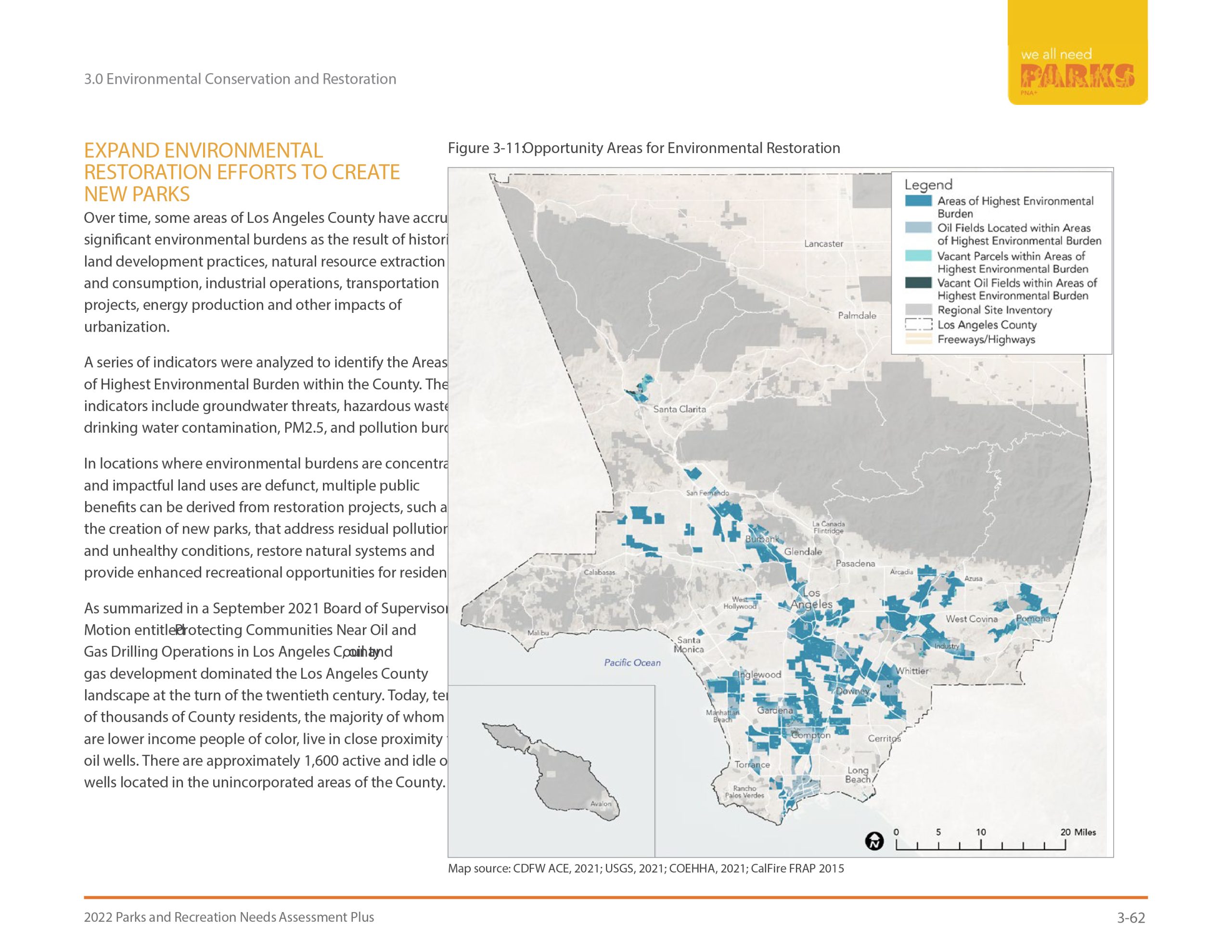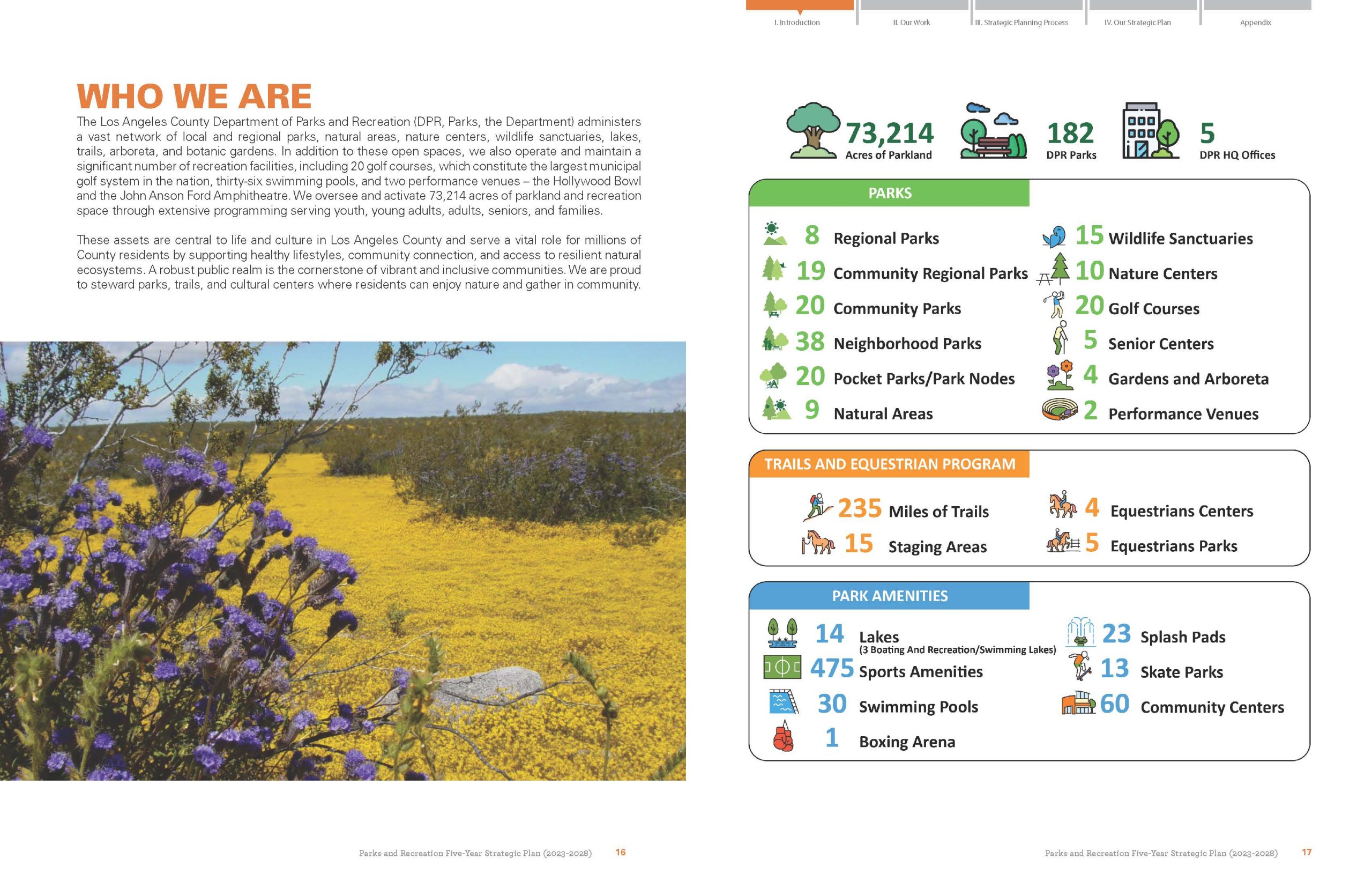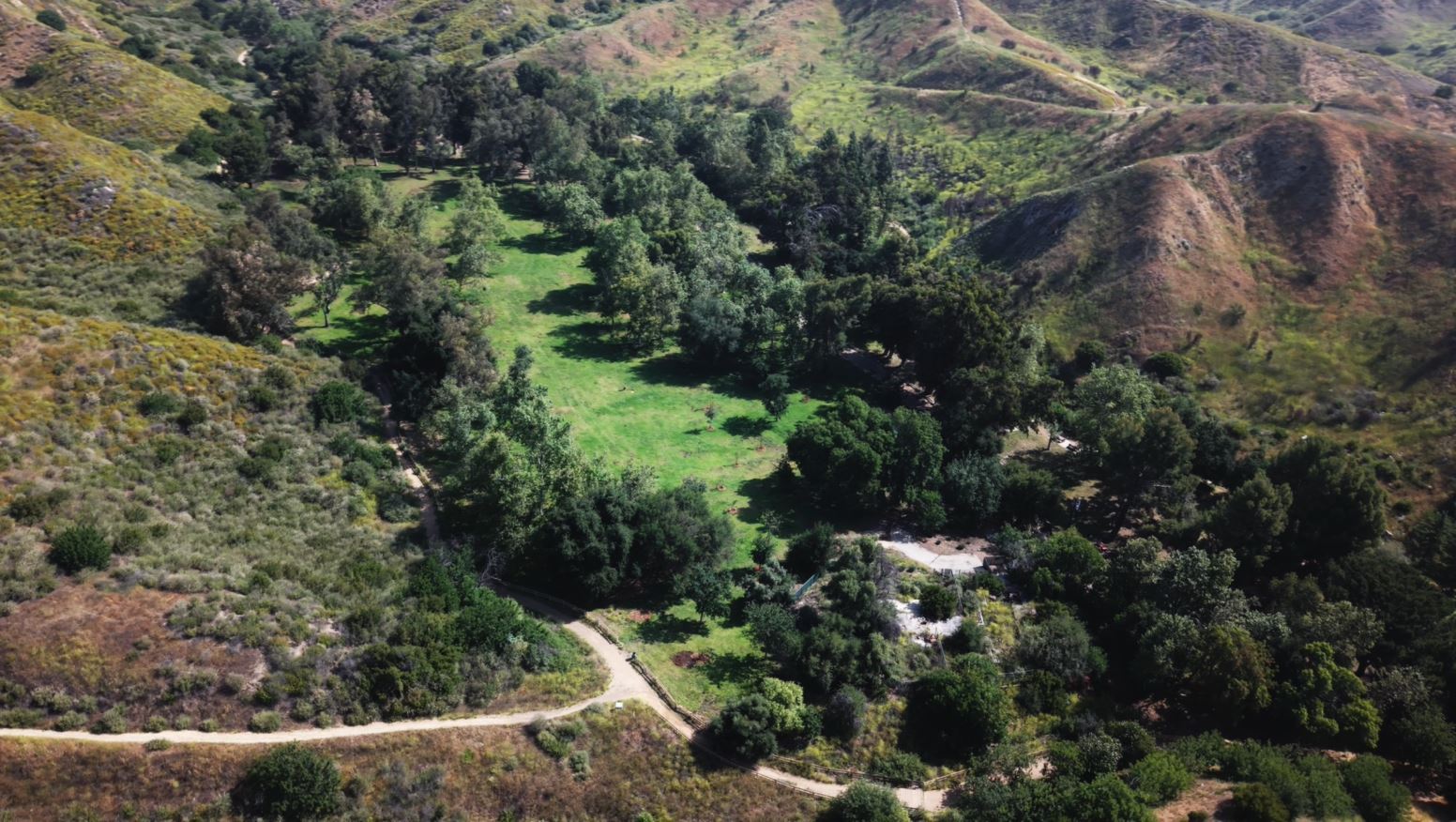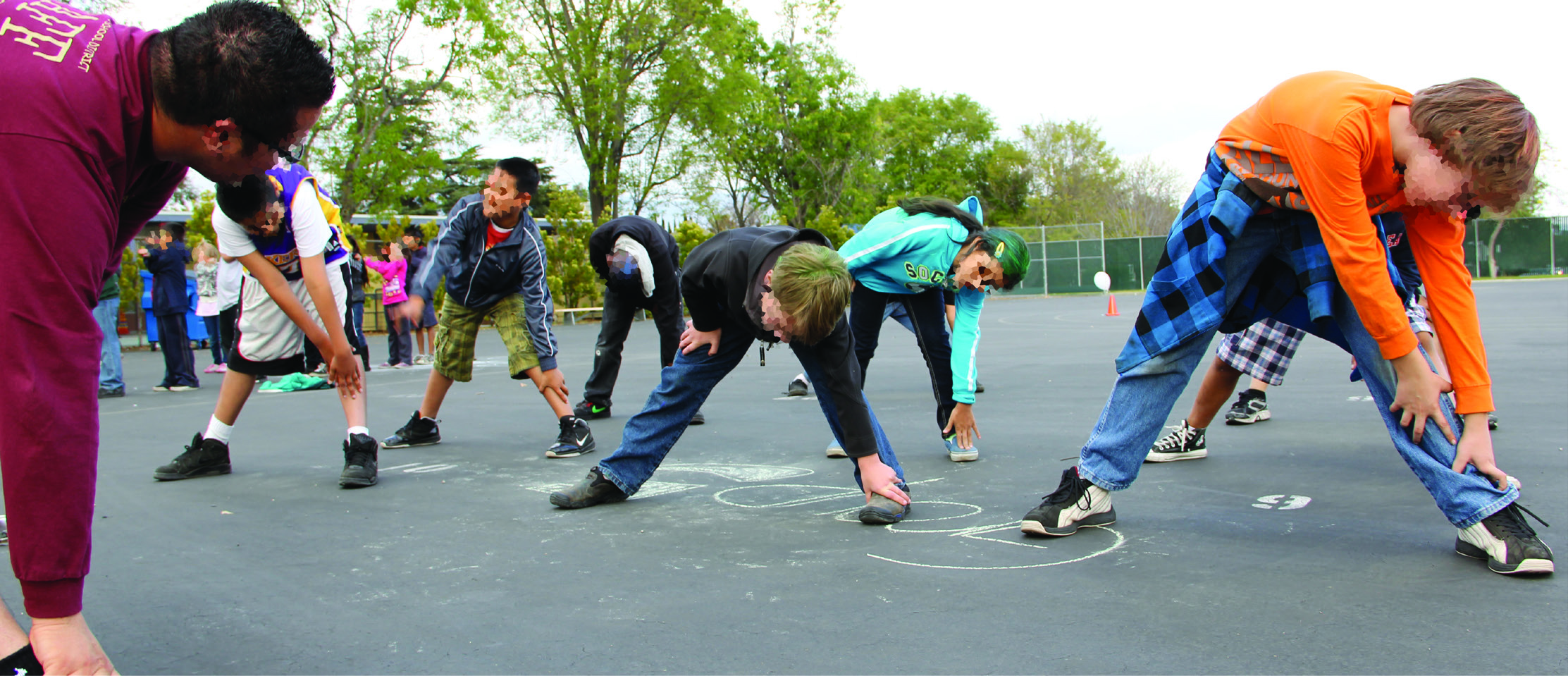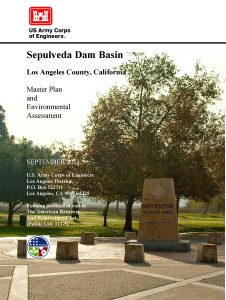A foundational aspect of planning in a complex context like the City of Los Angeles is understanding the constellation of related planning efforts occurring at local, state, and federal levels. Parks and park programming relate closely to many of the most critical topics affecting Southern California today—from water to biodiversity to climate issues to housing. Given this intersection of topics, the following literature review outlines planning efforts that are important to understand related to the PNA.
Documents identified as Key Documents are summarized below with their importance to the PNA outlined.
Plan for a Healthy Los Angeles
Equity, Infrastructure, and Park Specific Master Plans
In addition to the Key Reports summarized above, several regional and national planning documents play pivotal roles in understanding the intersection of Equity and Infrastructure with the future of our Parks System. Local park-specific planning efforts are instrumental in bringing forward park needs and community objectives for some of RAP’s largest parks.
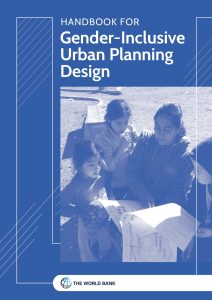
HANDBOOK FOR GENDER-INCLUSIVE URBAN PLANNING AND DESIGN, 2020
Prepared By: International Bank for Reconstruction and Development/The World Bank and KDI
Summary: Presents the economic and social case for gender inclusion in urban planning and design, providing guidelines on how to implement gender-inclusive design of public spaces, parks, and related facilities.
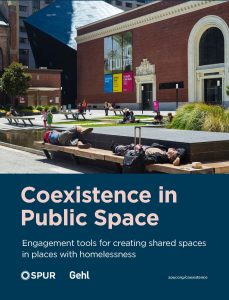
COEXISTENCE IN PUBLIC SPACE, 2021
Prepared By: SPUR (San Francisco Bay Area Planning and Urban Research Association)
Summary: Provides useful tactics and approaches for engaging issues of the unhoused community in public spaces and identifies the best ways to organize engagements that foster productive conversations toward the betterment of public space for all users.
SEPULVEDA DAM BASIN MASTER PLAN AND ENVIRONMENTAL ASSESSMENT, 2011
Prepared By: U.S. Army Corps of Engineers
Summary: Identifies land use classifications and multiple resource management topics for the Sepulveda Basin. The USACE is updating the Master Plan during 2025.
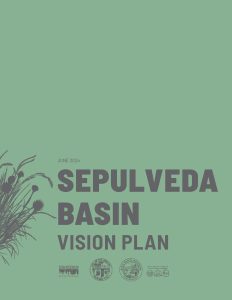
SEPULVEDA BASIN VISION PLAN, 2024
Prepared By: City of Los Angeles Bureau of Engineering (BOE) and Department of Recreation and Parks (RAP)
Summary: The plan proposes 48 distinct projects across a 25-year horizon for land within the Sepulveda Basin. Projects emphasize climate resiliency and access for both neighboring communities and the region-at-large. Objectives aim to balance the recreational, ecological, cultural, and resiliency functions.
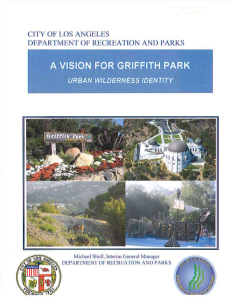
A VISION FOR GRIFFITH PARK, 2013
Prepared By: City of Los Angeles Department of Recreation and Parks (RAP)
Summary: Building off the 1978 Master Plan, this Vision Plan aims to preserve the urban wilderness identity of Griffith Park and its biodiversity while enhancing the existing programmatic uses of the park.
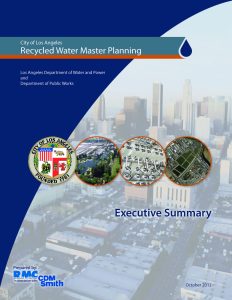
RECYCLED WATER MASTER PLAN, 2012
Prepared By: LADWP, LA County Public Works, LASAN, and LABOE
Summary: Strategies to maximize implementation potential of expanded recycled water use to help secure a more sustainable water supply for the City. Important to LA’s parks is the inclusion of new recycled supplies to meet non-potable demands.
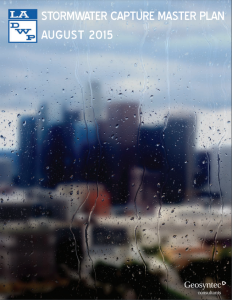
STORMWATER CAPTURE MP, 2015
Prepared By: LADWP
Summary: Investigates the use of stormwater as a supply for the City of Los Angeles, including both groundwater recharge and direct use. Creates a funding mechanism for projects that either capture and augment the City’s groundwater aquifers or directly use water through site-specific storage and distribution.
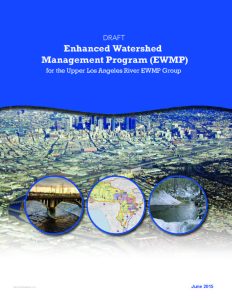
ENHANCED WATERSHED MANAGEMENT PLAN(S)
Prepared By: Various
Summary: The City of Los Angeles exists within several watersheds, including the Upper LA River, Santa Monica Bay, Ballona Creek, Dominguez Channel, and Marina del Rey watersheds. Several watershed management plans are relevant for park compliance across RAP’s system.
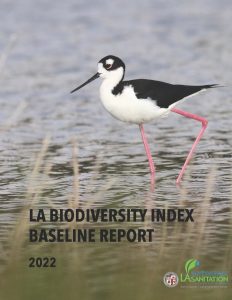
LASAN BIODIVERSITY INDEX BASELINE REPORT, 2022
Prepared By: City of Los Angeles, Department of Public Works, Bureau of Sanitation and Environment
Summary: Uses 25 metrics to assess the City’s progress towards a no-net-loss biodiversity target. This creates scores for the existing biodiversity of parks to track goals moving forward.

CITY OF LOS ANGELES LA RIVER REVITALIZATION MASTER PLAN, 2007
Prepared By: City of Los Angeles Department of Public Works, Bureau of Engineering
Summary: Identifies a number of improvements that relate to LA River–adjacent park spaces and an interconnected system of green streets and walking loops.
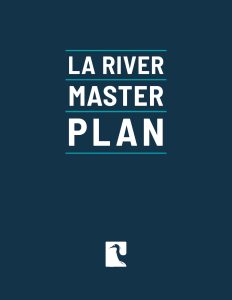
LA RIVER MASTER PLAN, 2022
Prepared By: LA County Public Works
Summary: Community-based goals, design guidelines, and equity-focused strategies for multi-benefit projects for the 51 miles of the LA River. Includes areas within and around several City of Los Angeles parks as planned project sites.
